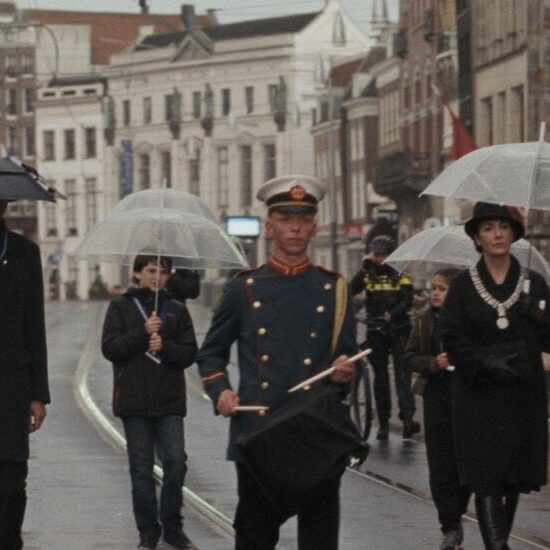
“Where the Crawdads Sing,” Delia Owens’s first novel, is one of the best-selling fiction books in recent years, and if nothing else the new movie version can help you understand why.
Streamlining Owens’s elaborate narrative while remaining faithful to its tone and themes, the director, Olivia Newman, and the screenwriter, Lucy Alibar (“Beasts of the Southern Wild”), weave a courtroom drama around a romance that is also a hymn to individual resilience and the wonder of the natural world. Though it celebrates a wild, independent heroine, the film — like the book — is as decorous and soothing as a country-club luncheon.
Set in coastal North Carolina (though filmed in Louisiana), “Where the Crawdads Sing” spends a lot of time in the vast, sun-dappled wetlands its heroine calls home. The disapproving residents of the nearby hamlet of Barkley Cove refer to her as “the marsh girl.” In court, she’s addressed as Catherine Danielle Clark. We know her as Kya.
Played in childhood by Jojo Regina and then by Daisy Edgar-Jones (known for her role in “Normal People”), Kya is an irresistible if not quite coherent assemblage of familiar literary tropes and traits. Abused and abandoned, she is like the orphan princess in a fairy-tale, stoic in the face of adversity and skilled in the ways of survival. She is brilliant and beautiful, tough and innocent, a natural-born artist and an intuitive naturalist, a scapegoat and something close to a superhero.
That’s a lot. Edgar-Jones has the good sense — or perhaps the brazen audacity — to play Kya as a fairly normal person who finds herself in circumstances that it would be an understatement to describe as improbable. Kya lives most of her life outside of human society, amid the flora and fauna of the marsh, and sometimes she resembles the feral creature the townspeople imagine her to be. Mostly, though, she seems like a skeptical, practical-minded young woman who wants to be left alone, except when she doesn’t.
Kya attracts the attention of two young men. One, a dreamy, blue-eyed fisherman’s son named Tate (Taylor John Smith), who shares her love of shells, feathers and the creatures associated with them. Companions in childhood, they become sweethearts as teenagers, until Tate goes off to college, and Kya gets mixed up with Chase (Harris Dickinson), a handsome cad whose dead body is eventually found at the bottom of a fire tower deep in the marshlands.
Eventually but also right at the beginning. The movie begins with Chase’s death, in October, 1969. Kya is charged with murder, and her trial alternates with the story of her life up until that point. Her mother (Ahna O’Reilly) and siblings flee the violence of an abusive, alcoholic father (Garret Dillahunt), who eventually takes off too, leaving Kya on her own in possession of a metal motorboat, a fixer-upper with a screened-in porch and a curious and creative spirit.
“Where the Crawdads Sing” takes place in the ’50s and ’60s, which on the evidence of the film were uneventful decades in America, especially the American South. Kya’s hermit-like existence — she attends school for one day, doesn’t learn to read until Tate teaches her and has no radio or television — feels a bit like an alibi for the film’s detachment from history. The local store where she sells mussels and gases up her boat is run by a Black couple, Jumpin’ (Sterling Macer Jr.) and Mabel (Michael Hyatt), who nurture and protect her and seem to have no problems (or children) of their own.
Kya’s outsider status — bolstered by the presence of David Strathairn as her Atticus Finch-like defense attorney — gives the movie a notion of social concern. Equally faint is the hint of Southern Gothic that sometimes perfumes the swampy air. But for a story about sex, murder, family secrets and class resentments, the temperature is awfully mild, as if a Tennessee Williams play had been sent to Nicholas Sparks for a rewrite.
Where the Crawdads Sing
Rated PG-13. Wild but tame. Running time: 2 hours 5 minutes. In theaters.













